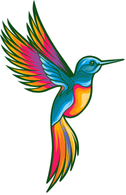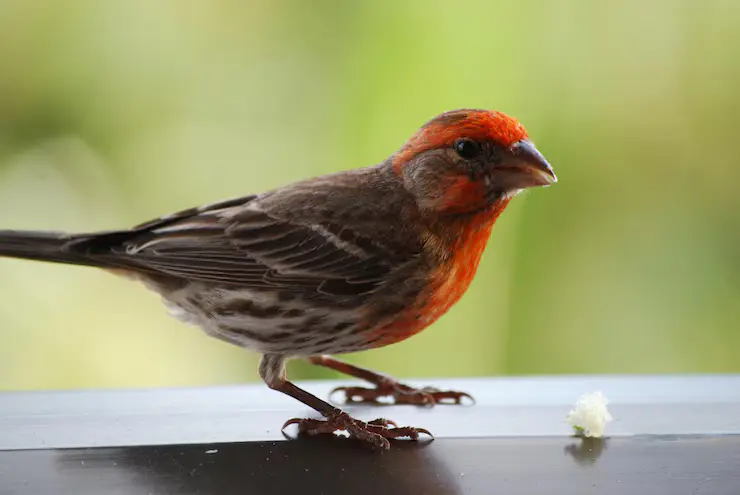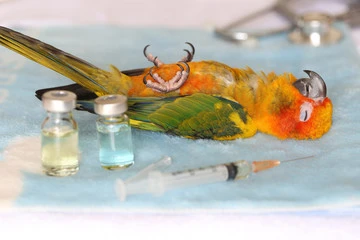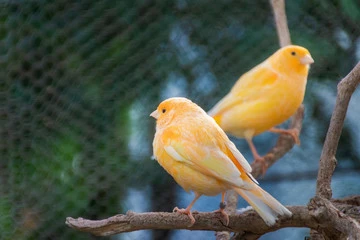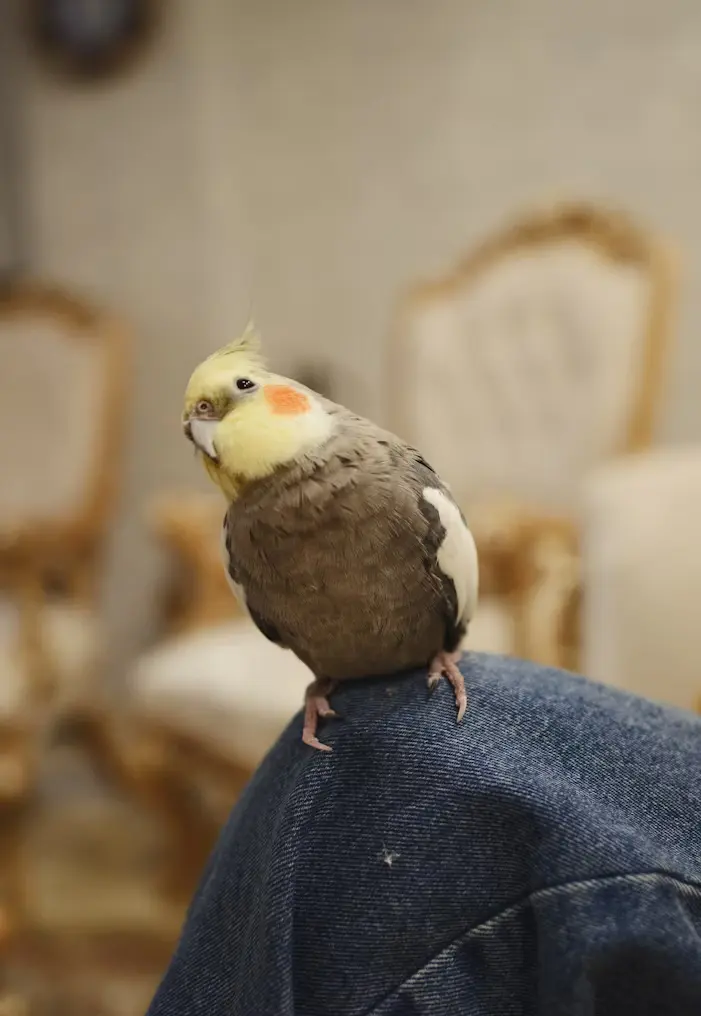Window Bird Feeder: Proven Ways to See Birds Up Close
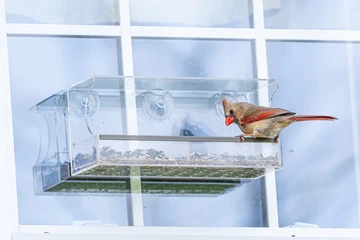
There’s something magical about watching birds flutter just inches from your window. A window bird feeder isn’t just a source of food for feathered visitors—it’s an invitation to witness nature’s beauty without stepping outside. Whether you’re a birding enthusiast or simply love observing wildlife, a window-mounted feeder can transform your home into a front-row seat for avian visitors like chickadees, cardinals, and finches.
In this guide, we’ll cover everything you need to know about:
- Types of window feeders – From suction cups to DIY builds
- Installation tips – Ensuring stability and bird accessibility
- Cleaning best practices – Keeping your feeder safe for birds
- Common visitors – Who to expect at your new feeding station
Table of Contents
Why Choose a Window Bird Feeder?
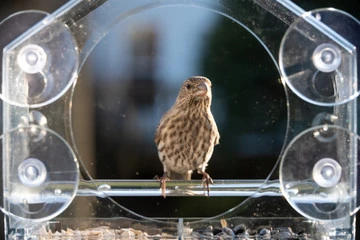
Installing a window-mounted bird feeder offers unique benefits:
✅ Unmatched Viewing – Enjoy close-up birdwatching from your couch.
✅ Great for Kids & Elderly – A hassle-free way to connect with nature without mobility challenges.
✅ Squirrel-Resistant Designs – Many models, like those with safflower seeds, deter unwanted guests.
✅ Easy Refills & Cleaning – Slide-out trays and removable parts make maintenance a breeze.
Types of Window Bird Feeders
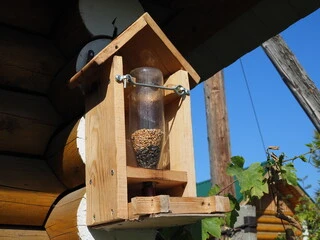
Not all window feeders are the same—here’s a breakdown of popular styles:
1. Suction Cup Feeders
- Best For: Urban settings, apartments
- Features:
- Clear acrylic for unobstructed views (like this bestselling model)
- Strong suction cups (often with backups included)
2. Sheltered Suet Feeders
- Best For: Cold climates, woodpecker lovers
- Example: Duncraft’s model with a weather-resistant roof
3. DIY Wooden Feeders
- Best For: Crafty bird lovers
- Tip: Use scrap lumber and waterproof glue
4. Tray Feeders with Perches
- Best For: Ground-feeding birds like sparrows and juncos
- Bonus: Sliding trays simplify refilling and cleaning.
Installing Your Window Feeder: Step-by-Step
Step 1 – Choose the Right Location
- Pick a quiet window where birds won’t feel threatened (avoid high-traffic spots).
- Slowly move feeders closer to your window if birds hesitate (as finch-attracting guides suggest).
Step 2 – Secure Suction Cups
- Clean the window surface with rubbing alcohol for better adhesion.
- Press firmly and wait 24 hours before filling to ensure stability.
Step 3 – Fill & Wait
- Use high-quality seeds (e.g., sunflower kernels or safflower for squirrel resistance).
- Be patient—birds may take days (or weeks) to discover the feeder.
Keeping Your Feeder Clean & Safe
Dirty feeders spread disease. Follow this cleaning routine:
🔄 Weekly Maintenance:
- Empty old seeds and scrub with mild soap + hot water.
- Rinse thoroughly and dry before refilling.
🚫 Avoid:
- Using harsh chemicals (vinegar + water is a safe alternative).
- Letting moldy seeds accumulate.
For deep cleaning, soak feeder parts in a 10% bleach solution monthly.
Birds You’ll Attract
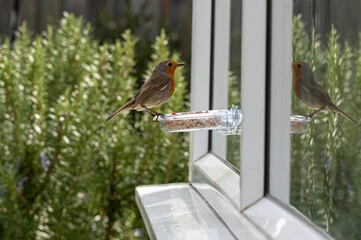
A well-placed feeder lures diverse species:
| Bird | Favorite Food | Activity Time |
|---|---|---|
| Chickadees | Black oil sunflower | Morning & dusk |
| Cardinals | Safflower seeds | All day |
| Finches | Nyjer thistle | Daylight hours |
| Woodpeckers | Suet cakes | Early morning |
FAQs About Window Bird Feeders
Q: Will a window feeder scare birds away?
A: Initially, some may be wary. Place decals on the glass to prevent collisions, and they’ll acclimate.
Q: How do I stop squirrels from raiding it?
A: Use safflower seeds, install an overhang, or opt for feeders with chew-proof materials.
Q: Can I use it in winter?
A: Yes! Birds rely on feeders more in cold months—just ensure the suction cups hold in low temps.
Final Thoughts
A window bird feeder blends convenience with wonder, offering daily glimpses into avian life. Whether you opt for a suction-cup model or a DIY project, the joy of seeing wild birds up close is unmatched.
📢 Your Turn! Have a window feeder? Share your experiences in the comments—or tag us in your bird photos! For more birding tips, explore our guides on bird cage enrichment.
Happy birdwatching! 🐦✨
